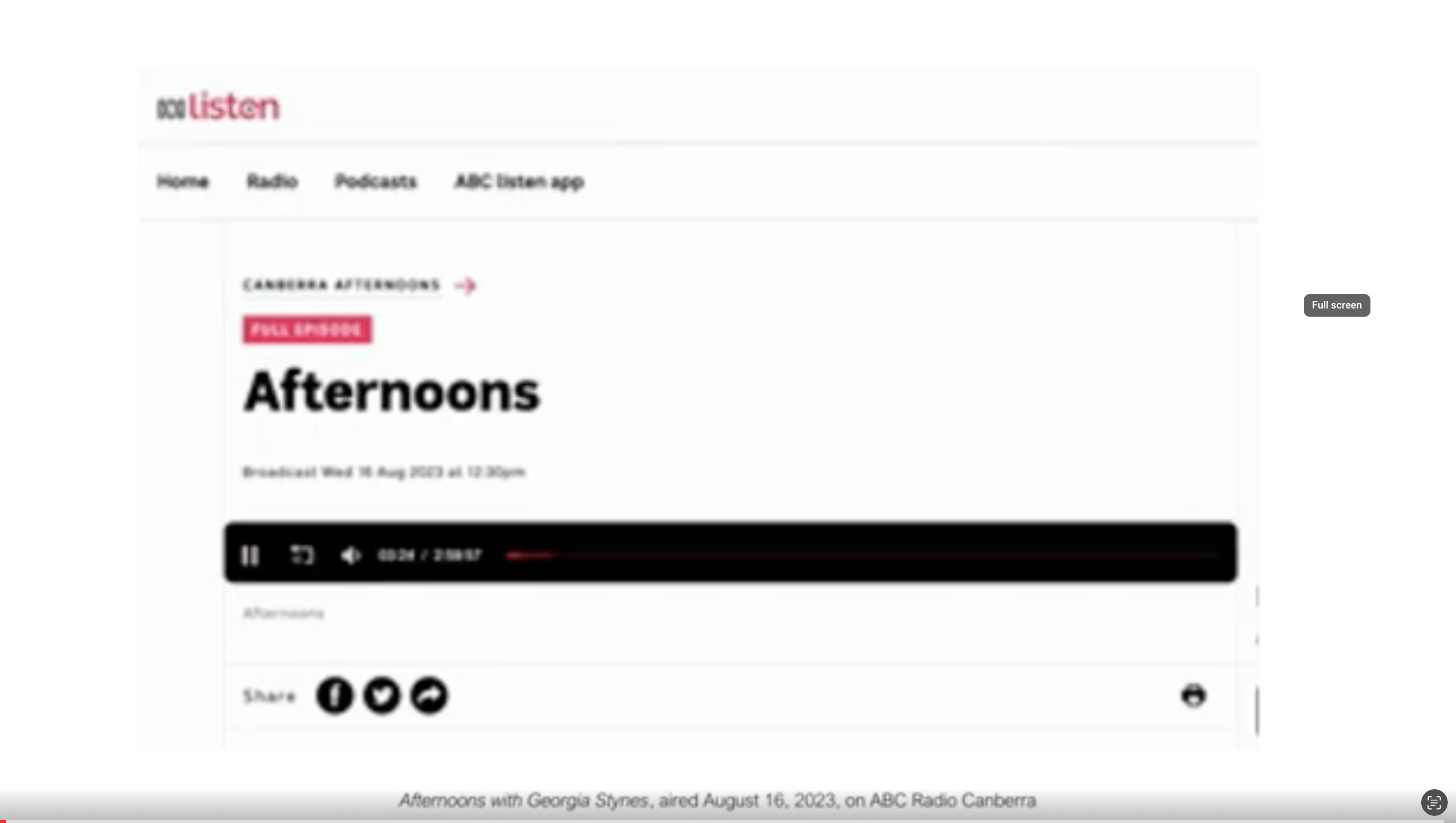When you and your partner decide to separate, it’s important to consider your superannuation, especially if you’ve had unequal financial opportunities and caregiving responsibilities throughout your relationship.
The Separation Guide’s State of Separation Impact Report shed light on the significant challenges many people, particularly women, face when they lack access to educational resources and legal guidance before starting a separation agreement. One big area that puts women at financial risk is missing out on superannuation.
Do you need to include super in a property division?
When a couple separates, superation is often the second largest asset in their marital pool. It might be your largest asset if you don’t own a home. However, many couples tend to overlook it during property division. You might think it’s too complicated or view it as a personal asset because it sits in individual funds.
If you find yourselves with fairly equal super balances and have both contributed equally to earning and caregiving in the relationship, you may decide that no split is necessary. But in the eyes of the law, you still need to include superannuation in your asset pool and put it on the table.
What is the women’s separation superannuation gap?
The women’s separation superannuation gap is the difference in superannuation balances at separation and at retirement. There are several contributing factors.
- The gender pay gap, which results in women earning less on average.
- Taking time out of the workforce to care for children, reducing superannuation contributions.
- A lack of awareness of superannuation division rights during separation.
Why do women need to consider super?
If you’ve been the primary caregiver for your children, taken time off work, and had less earning capacity, don’t ignore superannuation at settlement.
It is particularly important to consider super if the financial opportunities and caregiving contributions were not equal during your relationship. This is often the case for women, and it can lead to a significant financial disadvantage.
For instance, when a couple with children separates in their forties, the average super balance for women is typically $28,000 lower than for men. After separation, it’s hard for women to rebuild their superannuation due to reduced earnings and career progression because of extended career breaks.
The effects of not considering super in separation might only become apparent later in life when you don’t have enough funds to support yourself in retirement. The gender pay gap and the compounding nature of superannuation investments mean that the average super gap between men and women is already over $100,000 at retirement. It can be even greater for separated women. An Australian Institute of Family Studies report revealed that divorced men who remarry have an average of 113% more superannuation than divorced women who remain single in retirement.
Considering these factors, a fair outcome could be for the partner who could grow their superannuation during the relationship to share it with their partner who cared for the children.
Do you need to help with a super split?
Don't put your super in the too-hard basket. Take the Q&A to access your personal Support Hub with educational content and connections to professionals who can help you with a fair outcome.
Start the Q&ADangers of completing your own separation agreement
Our Impact Survey found that 42.5% of people with a primary caregiver responsibility in the relationship had reached a 50-50 split of assets without seeking any advice about the fairness of that arrangement.
This is concerning. 50-50 may seem fair at face value, especially if you’re unfamiliar with Australia’s 4-step family law process. But it is unusual for a Judge to agree to an even split when one of you has been a primary caregiver during the relationship. Usually, a higher percentage is awarded to the caregiver to address their short and long-term needs.
Often, couples who reach an agreement themselves without involving lawyers are amicable and want what’s fair for both people. They usually have the best intentions in keeping the agreement between them. They could be worried that legal advice would cause escalation and a ‘fight’. However, couples who don’t engage the support of a family lawyer or legally qualified mediator in their property settlement negotiation risk an unfair outcome that does not consider the non-financial contributions or the long-term needs of both parties.
Besides offering legal advice on the fairness of your agreement, your super fund requires an order drafted by a lawyer to carry out a split. This costs money. But a small investment now could mean security for your future.
How can a woman protect her superannuation interests during a separation?
If you are a woman who is considering a separation, there are a number of things you can do to protect your superannuation interests.
- Get a copy of your superannuation statement. This will give you a clear picture of your current superannuation balance and contributions.
- Request your ex-partner’s superannuation balance. They need to disclose this for your settlement. You can request it through the courts if you need to.
- Seek legal advice to understand your superannuation rights and options during separation.
- Consider your future financial needs. How much money will you need to live comfortably in retirement?
- Engage a lawyer to draft a superannuation splitting order to split your superannuation balance with your spouse or partner.
Other resources for women going through a separation
Resources are available to help women going through a separation.
- The Separation Guide Support Hub provides you with information and support when you’re going through a separation.
- Your superannuation fund can provide you with information about your superannuation balance and your superannuation rights during separation.
- A financial advisor can help you to understand your financial situation and develop a financial plan for your future.
Conclusion
The women’s separation superannuation gap is a significant issue that can impact your financial security in retirement. If you are a woman considering a separation, take steps to protect your superannuation interests. Seek legal advice to understand your superannuation rights and options, and consider using a superannuation splitting order to split your superannuation balance with your spouse or partner.
The Separation Guide aims to make separation and divorce simpler, more manageable and less stressful. To learn more about how one of our Network Members could support your separation, take our free three-minute Q&A.
Disclaimer
The information in our resources is general only. Consider getting in touch with a professional adviser if you need legal, financial or well-being support.















